Investigation work begins at Cannop Ponds beauty spot
- Published
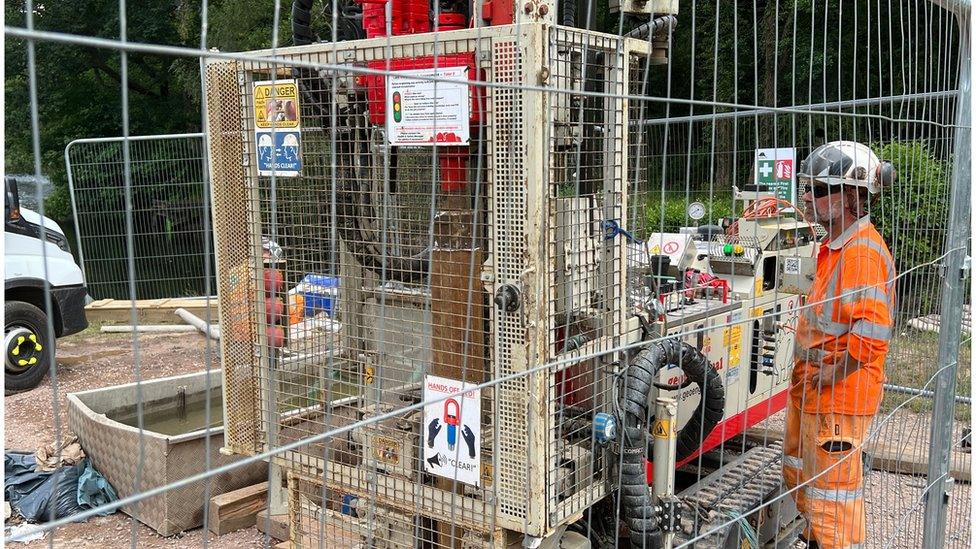
Forestry England is testing the dam structures for permeability and the potential risks this poses.
Ground investigation work which could determine the future of a popular beauty spot has begun.
Forestry England, external says the 200-year-old dams at Cannop Ponds in the Forest of Dean may need to be removed.
"The work will tell us about the permeability and the potential risks associated with that," said Josh Howe, Director of Engineering.
A petition against the ponds being drained has been signed by 45,000 people.

Josh Howe, Director of Engineering, Forestry England, said it is important to discover how permeable the dam structures are.
Cannop Ponds form part of the area's historic industrial landscape.
Lower Cannop Pond was created first in 1825, with Upper Cannop Pond created a few years later.
While the ponds and their structures are not legally protected as listed buildings or scheduled monuments, they are an important part of the Forest of Dean's history of coal mining, iron working and stone quarrying.
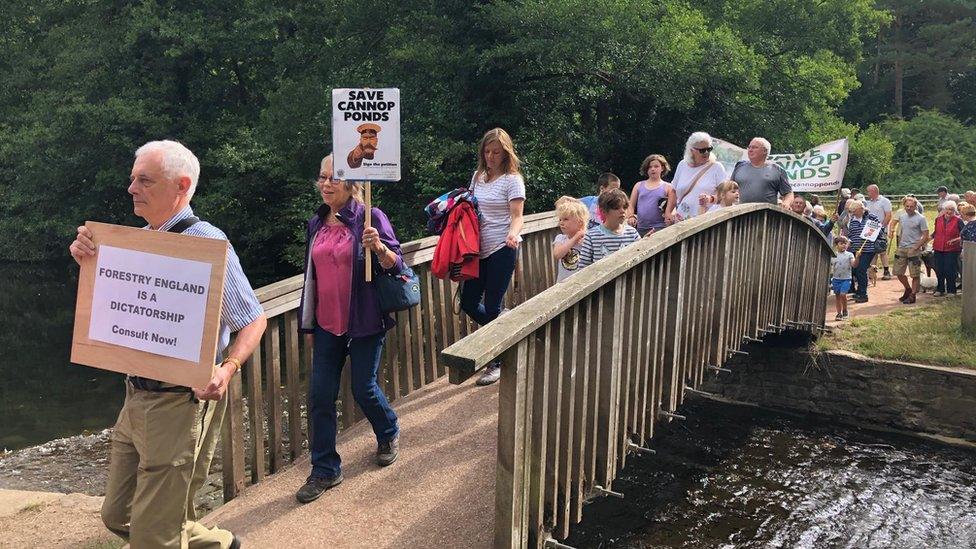
People from nearby communities have joined the campaign group Save Our Ponds
There has been strong opposition to the dams' removal by the campaign group Save Cannop Ponds, with alternative plans put forward, including repairing the structures.
Campaigners say the ponds supported a unique eco-system and should be preserved because they are enjoyed by thousands of people.
The ponds also have a positive impact on people's mental health and wellbeing, including anglers, birdwatchers, cyclists and walkers, they added.
Mark Lewis, Treasurer, Yorkley Angling Club, urged Forestry England to look at repairing the ponds as opposed to draining them.
"They (Forestry England) are still slow with communication and not as transparent as I would like. They clearly still appear not to be listening to the voice of the people, which is disappointing.
The impact (if the ponds go) will be severe for the angling club. If they take them away we lose our main water that we've had since 1958," he added.
Forestry England said its challenge is how to balance the duty of care and legal requirement to make the reservoirs safe, with the needs of wildlife and a changing climate.
A spokesperson said: "While compromises will need to be made, we will seek to ensure we mitigate any losses to our heritage, record what we have before it is lost or altered and tell the story of the Forest for future generations."
The investigation work is being undertaken to discover important information about the materials that were used 200 years ago to construct the dams.
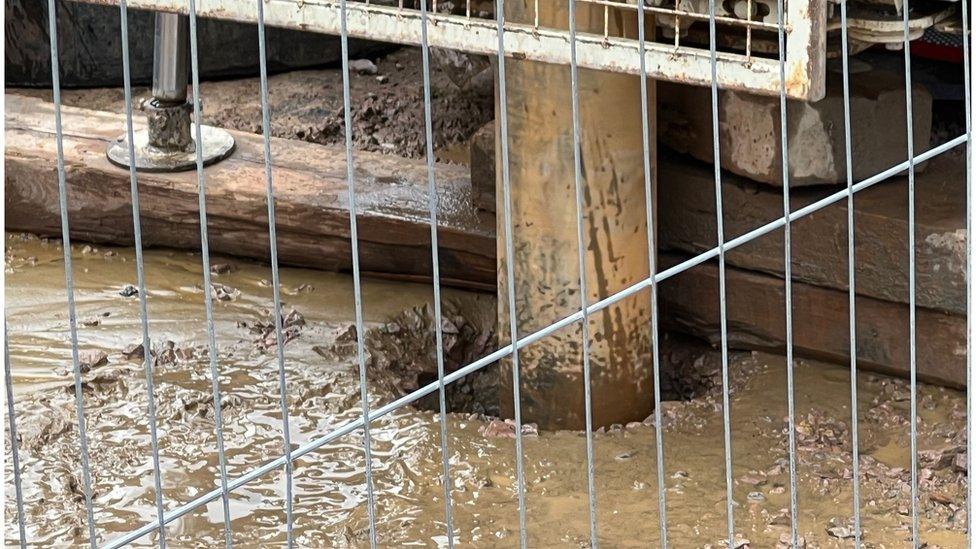
Samples of the silt will be tested in a laboratory for potential contamination.
Samples are also being taken from the silt in the reservoirs to test for potential contamination.
"One of the concerns with the dams," said Mr Howe, "is the potential for voids being created as a result of water moving through them.
"We're looking at the various soils and materials used in the construction of the dams to tell us how permeable they are and what needs to be done if the option selected is to repair the existing structures.," he explained.
Four options for the site were put forward during a public consultation in March 2023, including replacing the current dams with a concrete alternative.
Forestry England says the dams are not in imminent danger of collapse and no firm decision about their future has yet been made.

Follow BBC West on Facebook, external, Twitter, external and Instagram, external. Send your story ideas to: bristol@bbc.co.uk , external
Related topics
- Published13 March 2023
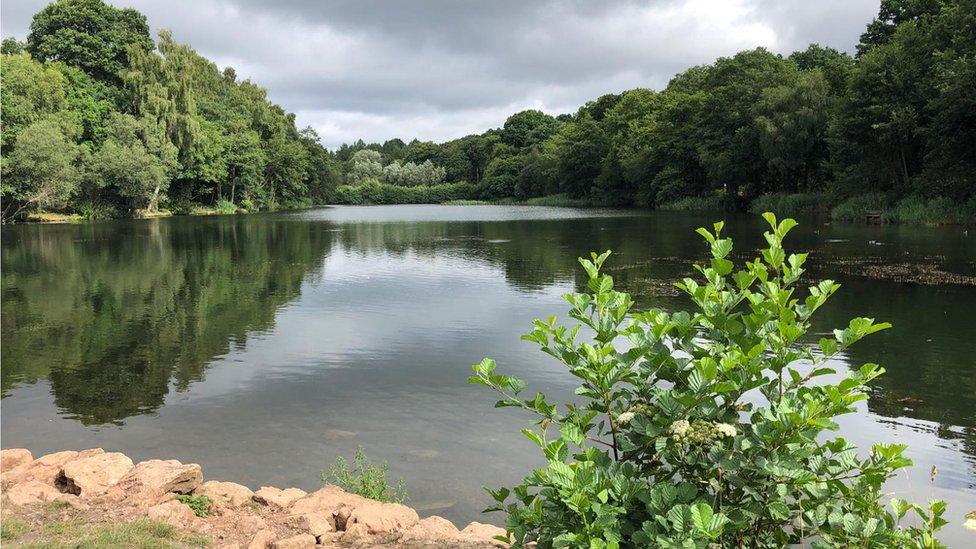
- Published10 March 2023
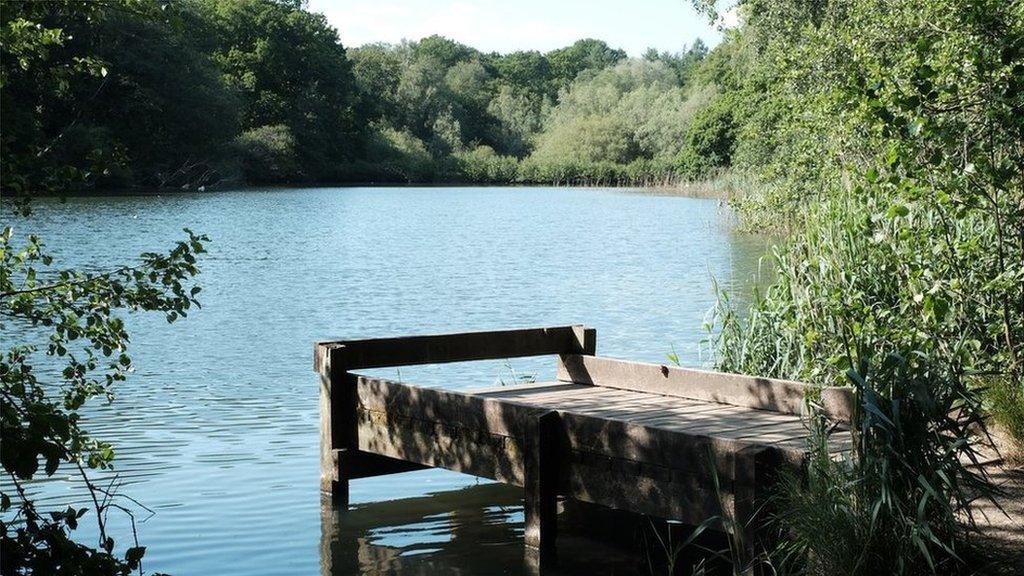
- Published19 January 2023

- Published24 August 2022
